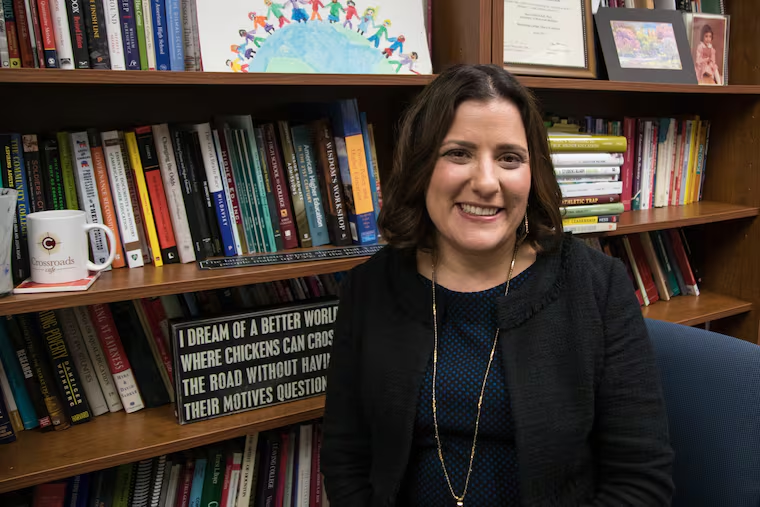Despite federal funding for college students during the pandemic, many are still in need, Temple report says
Only about a third of the students whose basic needs were not being met and who responded to the Temple survey applied to their colleges for federal emergency aid in 2020.
